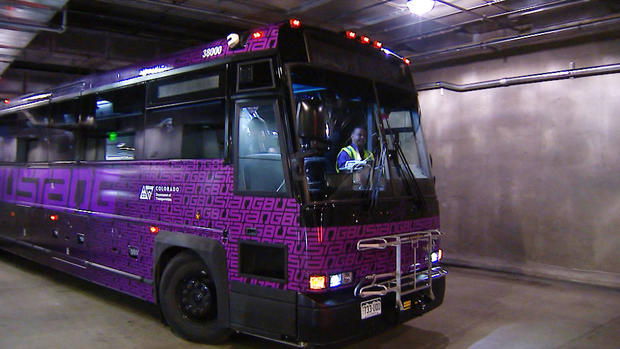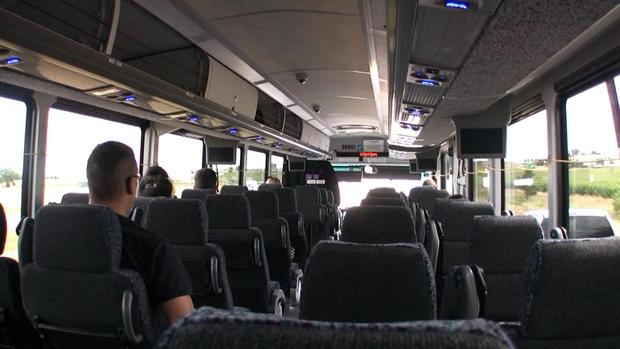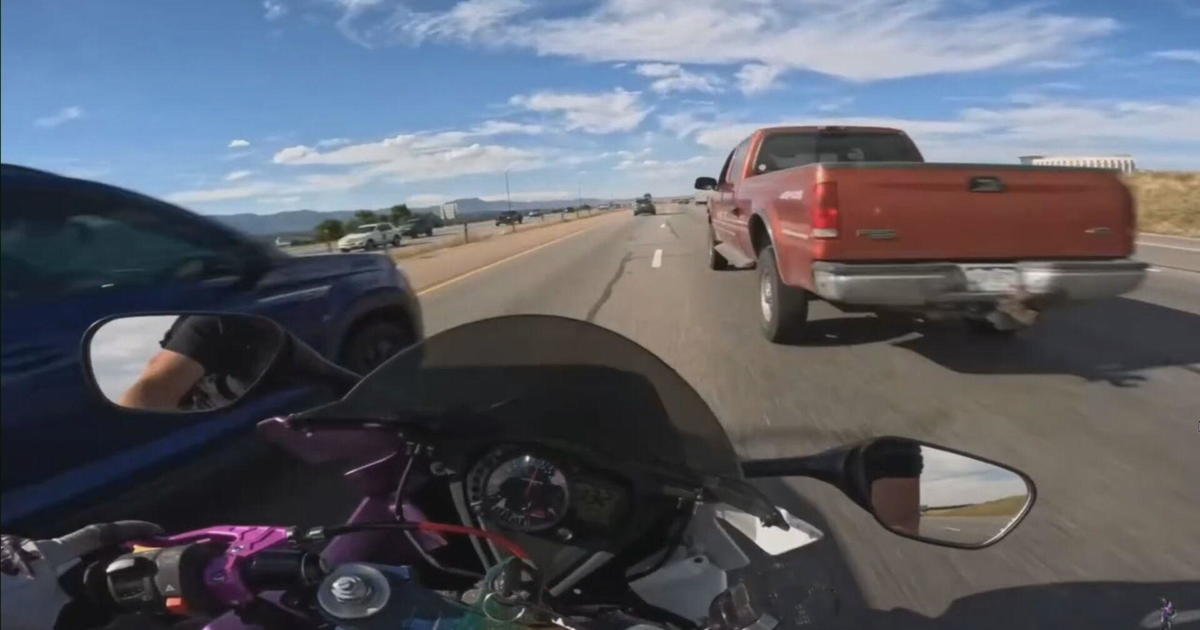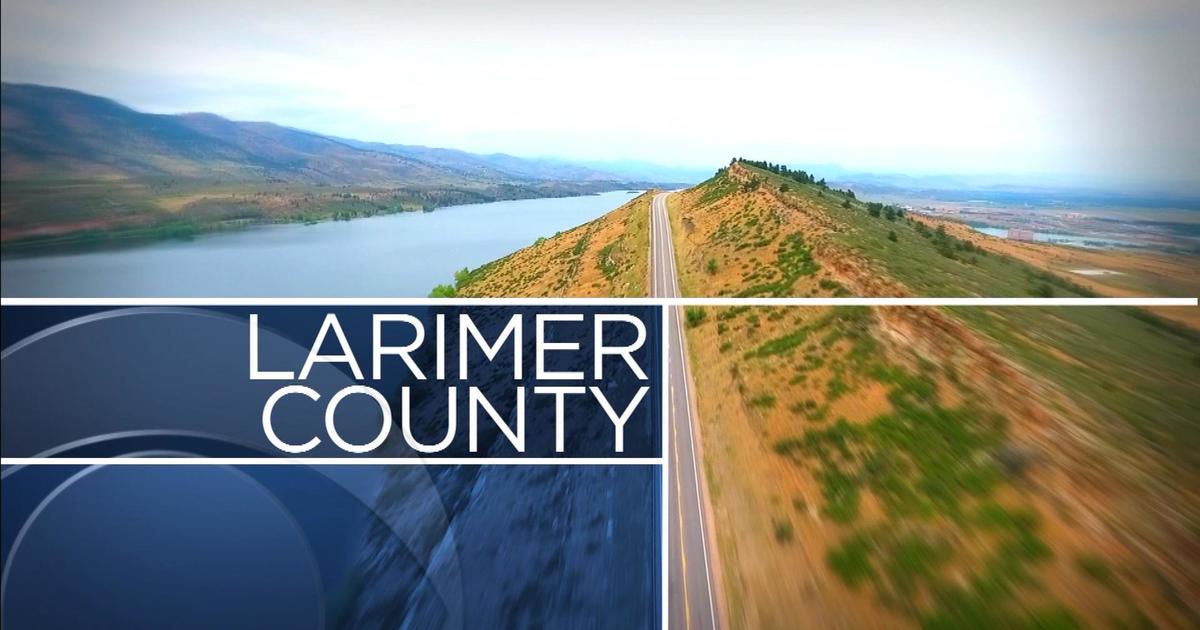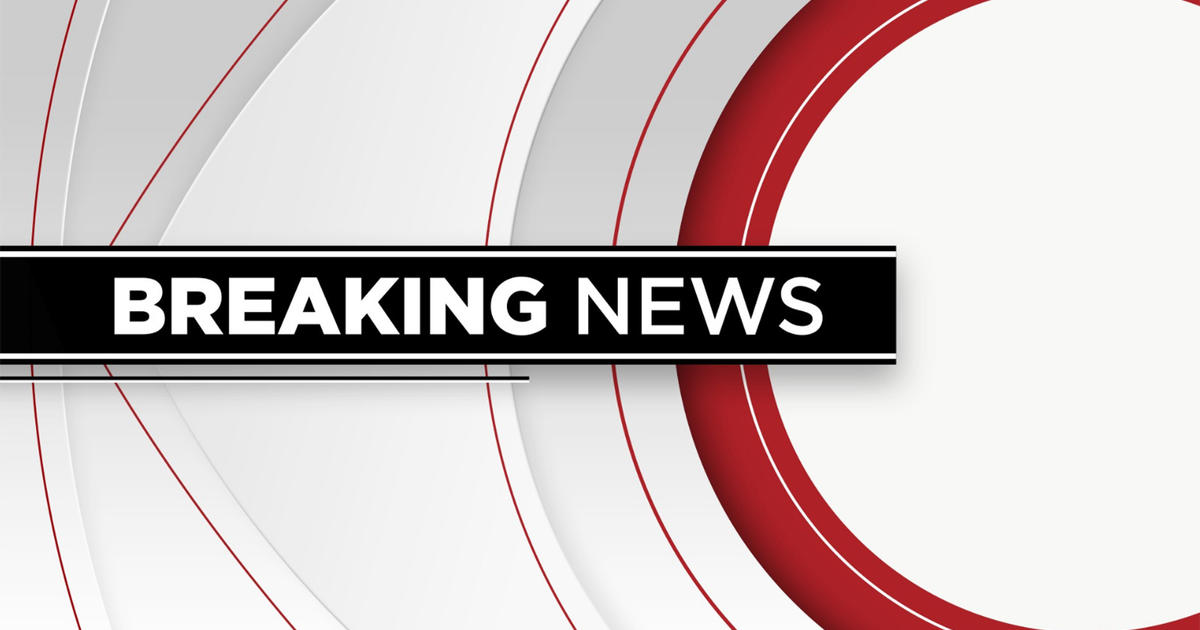CDOT: Too Soon To Call Bustang 'A Bust'
DENVER (CBS4) – Six weeks after its launch, Colorado's first state-owned and operated bus system, the Bustang, isn't exactly bustling yet.
The new bus line links Denver with Colorado Springs, Fort Collins and Glenwood Springs. The Colorado Department of Transportation, which runs the Bustang, says the taxpayer funded service was launched to connect local transit centers around the state and ease congestion on the Interstate 25 and I-70 corridors.
At a Bustang media event in June, CDOT's Amy Ford was optimistic about ridership.
"The first day we hope to have several hundred people," said Ford. "Up to 500 people can ride the bus from Colorado Springs, 200 to 300 might ride the bus from Fort Collins."
CBS4 wanted to know how many people were actually riding so we boarded a bus to find out. On our first trip we rode a 50-seat coach from Union Station in Denver to Harmony Road in Fort Collins. There were 11 people onboard, or 22 percent full, which CDOT says is roughly average for the 12 daily trips to Fort Collins and back.
The Colorado Springs line averages 19 percent full.
Currently 140 people a day use each service, which is a far cry from the hundreds that were publicly predicted.
Many of the people who have taken the Bustang have been impressed.
"It was awesome," said Mallory Hayhurst and Nick Staley, who rode the Bustang from Denver to Fort Collins to go whitewater rafting. The vacationing couple said they were impressed with the amenities on the Bustang like phone charging stations and free Wi-Fi.
But they were surprised that the "Bustang wasn't packed" and there were "very few people" onboard.
When CBS4 rode the Bustang back to Denver, there were just six riders on board, not doing much to reduce gridlock on I-25.
"That's six people not driving their cars," said Bustang Director Mark Imhoff. "Every little bit helps."
Imhoff says it's way too early to call Bustang "a bust." He says ridership is steadily increasing every week. Despite spending more than $7 million on the 13 busses, the goal was never to break-even.
"Break-even would be full busses," said Imhoff. "We are not a for-profit operation. We are trying to keep cars off the road."
"Ten cars off the road is a trillionth of the traffic we deal with every single day," said Colorado Springs Shuttle driver Corey Watson, who sees Bustang as a competitor, which can charge five times less than he does because taxpayers are footing the bill.
"If the government gets into the business it doesn't care if it is profitable or if it is a loss," said Watson. "They just keep putting money into it and there is no accountability at all, pleasing 10 people while we are paying the note for it."
Funding for Bustang comes from the vehicle registration fees we all pay. A private vendor, Ace Express, is paid $2 million to drive the busses, and then bills the state for the fuel.
"It's just sucking tax dollars out over and above what we've already paid for the vehicles," said Watson.
A bright spot for Bustang -- the west line from Denver to Glenwood Springs is already 60 percent full. But it's not helping with the weekend traffic jams on I-70. The west route runs just once a day and only on weekdays.
CDOT says it will continue to refine Bustang schedules as it learns more about ridership habits. It plans to continue marketing the service to try and entice new riders.
Mark Ackerman is a Special Projects Producer at CBS4. Follow him on Twitter @ackermanmark
